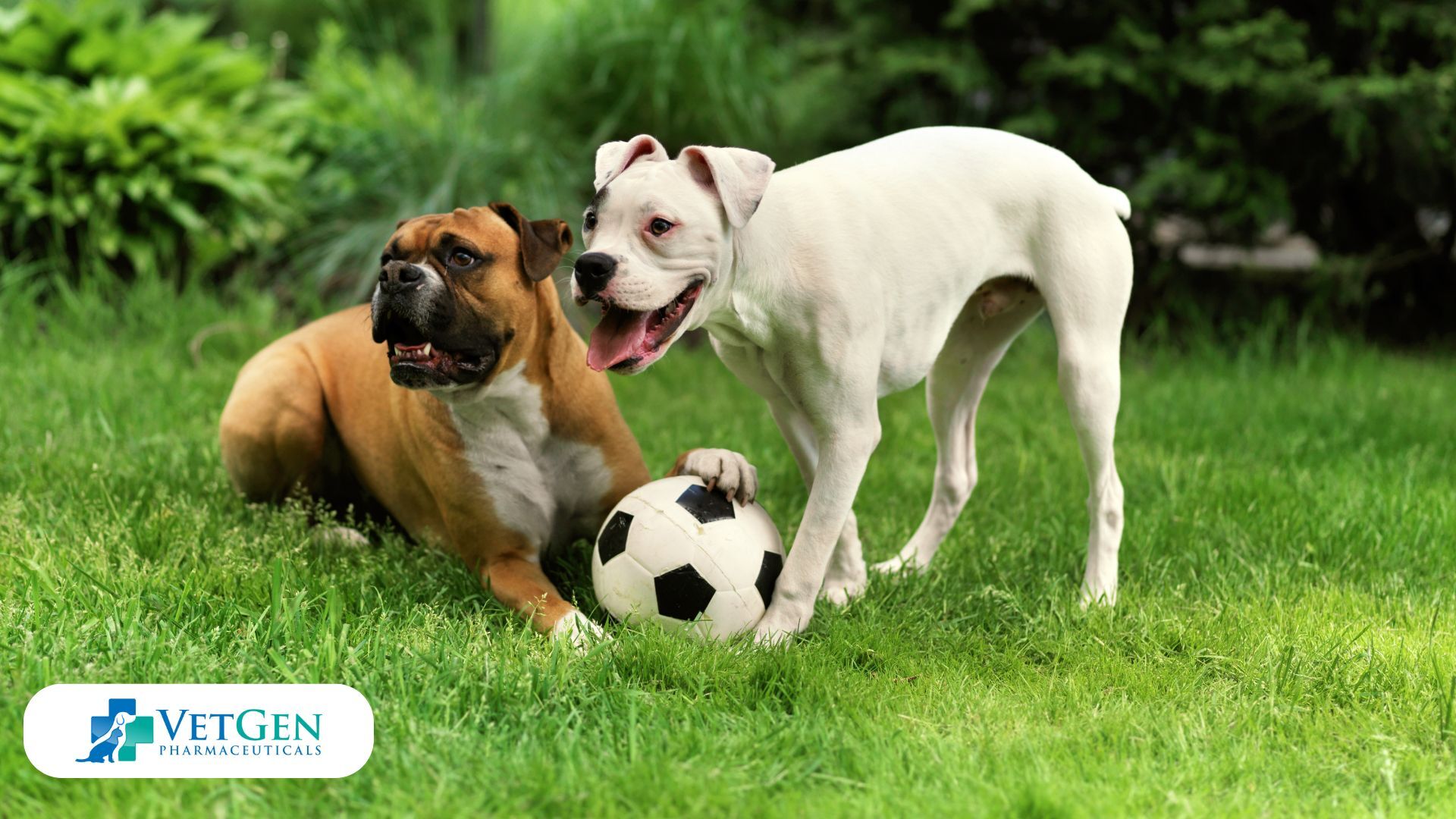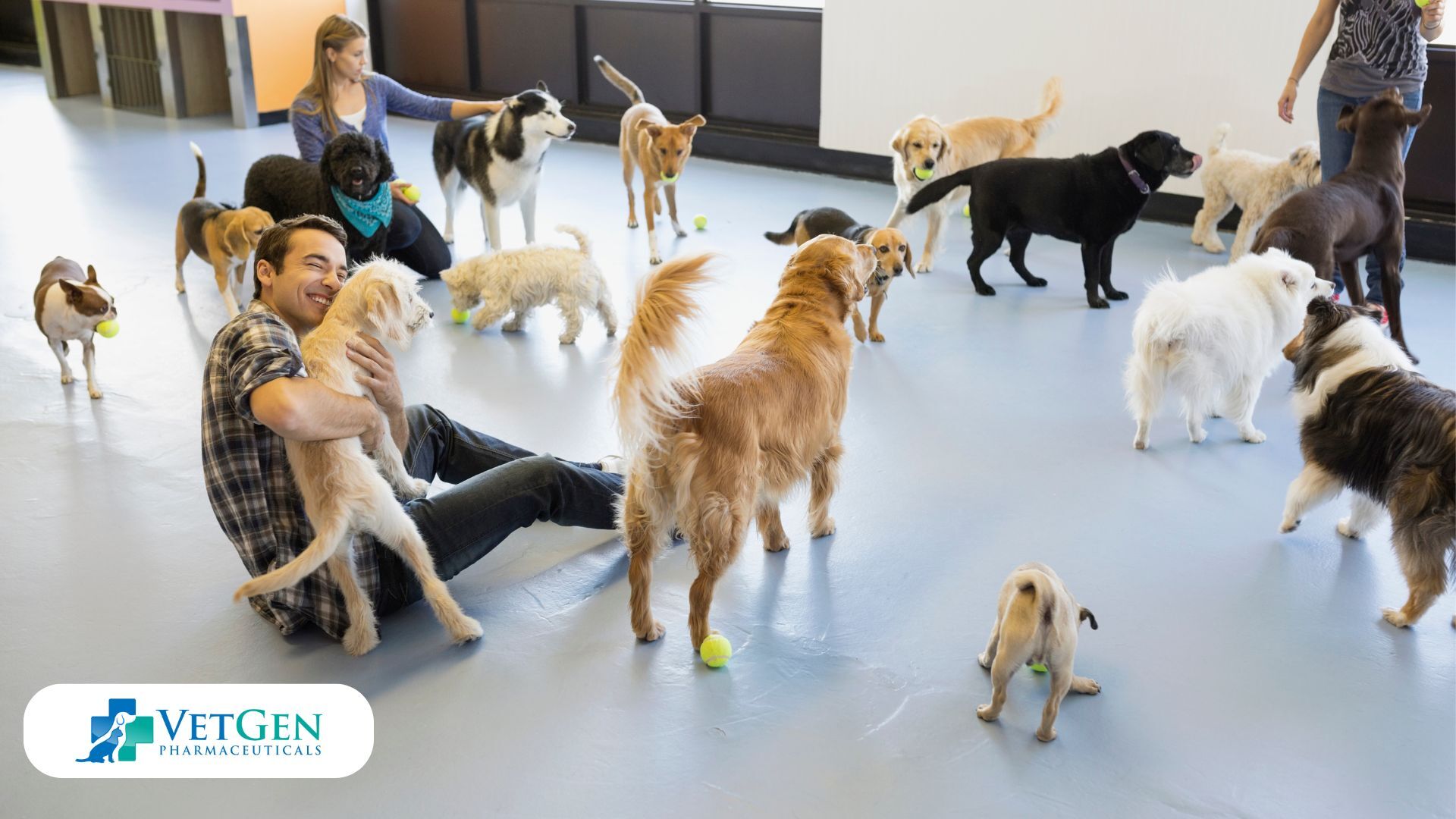Adopting a new pet is always a wonderful experience, but if you already own a dog, then it is a very smart move to prepare well and be very patient. Dogs are territorial and social animals; taking your dog to meet a new pet – whether it is a dog, cat, or even a rabbit – is both exciting and challenging. Good introductions also go a long way in reducing tension, avoiding fights, and ensuring that your lovely pets become good friends.
Here is a guide that will assist you in how to introduce your dog to a new pet in the best, safest manner.
1. How to Get Your Dog Ready for the New Baby
Even before the new pet sets paws in the house, begin the process of changing your dog’s behavior.
- Evaluate Your Dog’s Temperament: Is your dog friendly and outgoing, or does he or she exhibit symptoms of fear or hostility when around other animals? This way, you can be able to guess how they are going to behave.
- Practice Basic Commands: These include “sit,” “stay,” “leave it,” and “come” commands, which are crucial when you introduce your dog to a new pet. A trained dog can easily be handled when he is taken to new environments or places.
- Introduce the New Pet’s Scent: If at all possible, it’s a good idea to bring home a blanket or toy that has the scent of the new pet on it. Before the meeting, let your dog sniff it to become familiar with the new scent.
2. Choose a Neutral Meeting Spot
Sometimes, dogs can be aggressive. Therefore, you should introduce your dog to a new pet in a location that is not familiar to them and will help avoid this.
- For Another Dog: Schedule the first encounter in a park or any other area where no dog will feel it owns the place. Make sure both of the dogs are on a leash but do not make it too tight so that the dogs feel uncomfortable.
- For Cats or Small Pets: The first thing is to confine the new pet to a different room. Allow your dog to sniff around the door to familiarize with the new presence without necessarily engaging him.
3. The First Meeting: Take It Slow
First impressions are important because the way they are introduced to each other will determine the kind of relationship they are likely to have in the future. This is the time that requires a lot of patience and control.
- Stay Calm and Positive: Your dog will sense your energy, meaning that if you are stressed, your dog will be stressed too. If you are nervous, they will feel the tension, and this makes the situation even more tense. Be sure to talk in a gentle, happy voice to both animals and make them feel at ease.
- Observe Body Language: Search for interest, fun, or threat. Positive signs include when the dog is wagging its tail, the ears are relaxed, and the dog is sniffing gently. If a dog growls, tenses up or shows its teeth, then it is generally unhappy.
- Reward Good Behavior: Have some snacks with you, and every time your dog is calm around the new pet, give them a snack. It assists them to link the new animal with positive things in their lives.

4. Gradual Integration at Home
After the first encounter is friendly, both animals should be taken home together at the same time. However, integration should be done step by step.
- Separate Spaces: First, confine the new pet to another room or separate area from your dog and gradually introduce your dog to a new pet. This allows both animals to get used to each other’s company without becoming overstimulated or stressed.
- Supervised Interactions: Try to extend the amount of time they spend together but this should be done in supervision. Limit the number of sessions and always ensure that the last session is a positive one.
- Respect Boundaries: It is also important to provide each pet with their own area where they can go if they feel threatened. For instance, your dog may require a bed or a crate, and a cat may require a perch.
5. Addressing Challenges
In the best of times, there can be emerging issues that need to be addressed. Here’s how to handle common issues:
- Aggression or Fear: If either of the pets becomes defensive or afraid, then the two should be separated and left alone to cool off. Take a pause and then introduce your dog to a new pet back slowly.
- Resource Guarding: Some of the dogs may exhibit possessiveness by guarding their food, toys, or even a certain area of the house. Pets should be fed at different times, and toys should be picked up during the first meetings to avoid problems.
- Persistent Tension: If they do not appear to take a liking to each other, consult a professional trainer or an animal behaviorist.
6. The Art of Developing a Long-Term Partnership
Building a good relationship can be a long process, but any pet can be trained to be tolerant of the other’s presence and even become friends.
- Encourage Positive Interactions: Play with both pets at the same time or take them for a walk, or just let them lie in the same area.
- Maintain Routine: Dogs thrive on routine. Maintaining a routine is very important; feeding, exercise, and play should be done at the same times as before to minimize stress during the change.
- Monitor Progress: Stay and watch how they interact with each other over some time. Periodically, it may appear that the pair is at ease together and can continue to work together without supervision.
Things to note depending on which two pets are to be combined are as follows:
Different types of pets require specific approaches:
- Dog and Dog: It may take longer for same-sex pairs or for dogs who are of the same activity level. Help both dogs to have a chance to interact with their owner without one of them feeling threatened.
- Dog and Cat: Dogs who are known to have a high prey drive will regard cats as something to hunt. Train your dog not to take food from the floor and ensure that your cat has high ground to escape to.
- Dog and Small Pets: Guinea pigs, rabbits or birds cause hunting instincts in the dog. These pets should be confined in secure areas and all contact with these pets should be closely monitored.
Impatience and Impersistence Are Deadly
All animals are different and some may require more time to adapt to the new environment than others. This process requires a lot of patience throughout the entire process. Do not force to introduce your dog to a new pet and allow each pet the time they require to settle down.
The benefits of having multiple pets in a house are numerous. It is always wonderful to see your dog develop friendship with the new friend. It is possible to make every pet happy and comfortable in the house if you are willing to dedicate time and effort to planning and implementing necessary changes.

Conclusion
Socializing your dog with a new pet is not an easy process, and it entails a lot of effort, time, and energy. If you take it slow and be keen on the needs of your pets, you will lay a good foundation for the relationship. Enjoy the process, focus on the small victories and before you know it, you will have a couple or a couple and child creating a new home together.
To know more about What is the Lifespan of Popular Dog Breeds?
Frequently Asked Questions
How long does it take for dogs to accept a new pet?
It varies. Dogs may take just days, weeks or even months to adapt depending on the individual animal. The key to introducing change is to be patient, consistent and to introduce change gradually.
But if my dog becomes aggressive towards the new pet what should I do?
Take them apart as soon as possible and let each pet cool off. It is advisable to gradually introduce them back into the behavior using positive reinforcement. Seek help from a trainer if aggression continues.
Do all dogs have the ability to get along with other animals?
Not all dogs are good with other animals and not all dogs should be put in a home where there are other animals. Some may have predatory instincts or social phobias or other psychological problems. Evaluate your dog’s personality and consult a vet if necessary.






